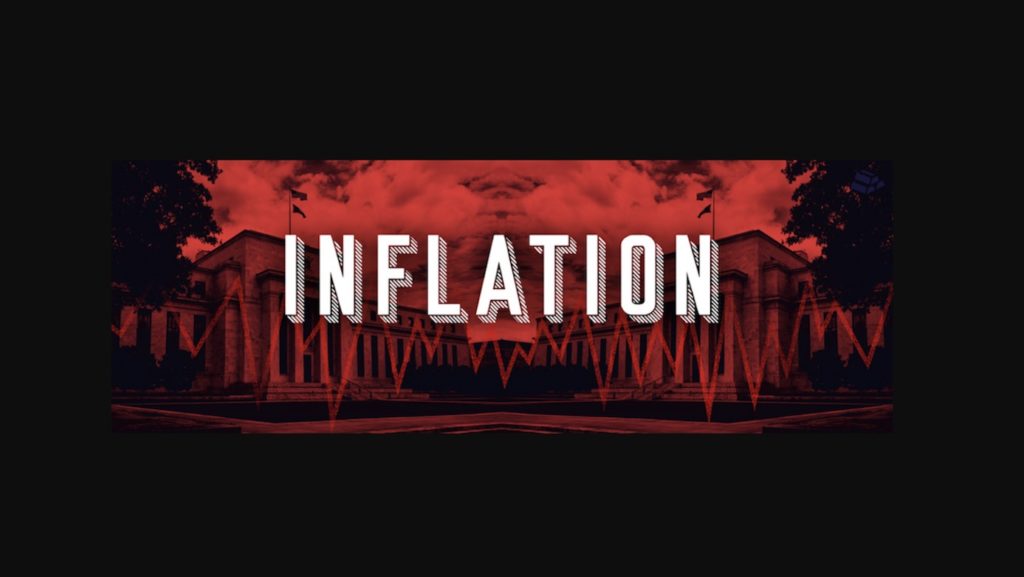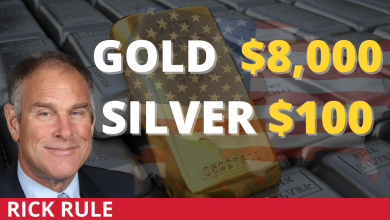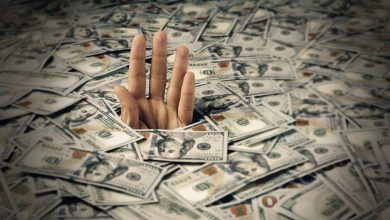CPI Spiked Again in August Throwing Cold Water on Disinflation Narrative
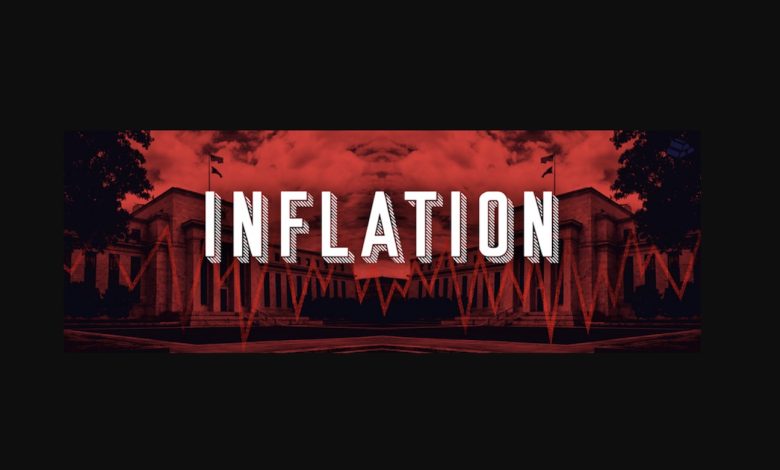
About that disinflation…
It was transitory.
As we predicted, a jump in gasoline prices helped drive the August Consumer Price Index (CPI) higher, throwing cold water on the disinflation narrative.
Consumer prices rose by 0.6% month-on-month in August, according to the latest data released by the Bureau of Labor Statistics (BLS). It was the biggest monthly gain of 2023 and drove the headline annual CPI back up to 3.7% after dipping to 3.2% in July. This was slightly hotter than the 3.6% projection.
Rising gasoline prices accounted for more than half of the increase. The bad news is with oil prices still rising, there is no end in sight to climbing prices at the pump.
But even factoring out gasoline and food costs, we’re still seeing inflationary pressure. Core CPI, stripping out more volatile food and energy prices heated up, rising 0.3% month-on-month versus a 0.2% projection. Core CPI came in a tick higher than the 0.2% increase we saw in June and July.
On an annual basis, core CPI came in at 4.3%. That was down from 4.7% in July. The decrease is largely a function of math as large increases in the core CPI last year are rolling out of the calculation.
Looking at the monthly increases so far in 2023 reveals that core CPI remains sticky. On a monthly basis, it rose by 0.4% in January, 0.5% in February, 0.4% in March, 0.4% in April, 0.4% in May, and 0.2% in June and July, and 0.3% in August. That averages to 0.35% per month or 4.2% annually – still more than double the Fed’s 2% target
To put the monthly core CPI increase in perspective, you would need to average just under 0.17% to hit the 2% annual target.
The overall energy index was up 5.6% month-on-month, driven by the big 10.6% spike in gasoline prices from July to August. Fuel oil also charted a big 9.1% increase.
Food costs also shot up last month, rising 0.6%.
Shelter costs rose for the 40th consecutive month, charting a 0.3% increase.
Airfares charted a big 4.9% month-on-month increase in August. As a result, the transportation index beat out shelter as the largest driver of core CPI for the first time. BBG noted, “A re-rise in transport CPI would be a problem for stocks and bonds as it has been the primary driver of inflation’s fall over the last several months.”
Rent, owners’ equivalent rent, motor vehicle insurance, medical care, and personal care also charted price increases last month.
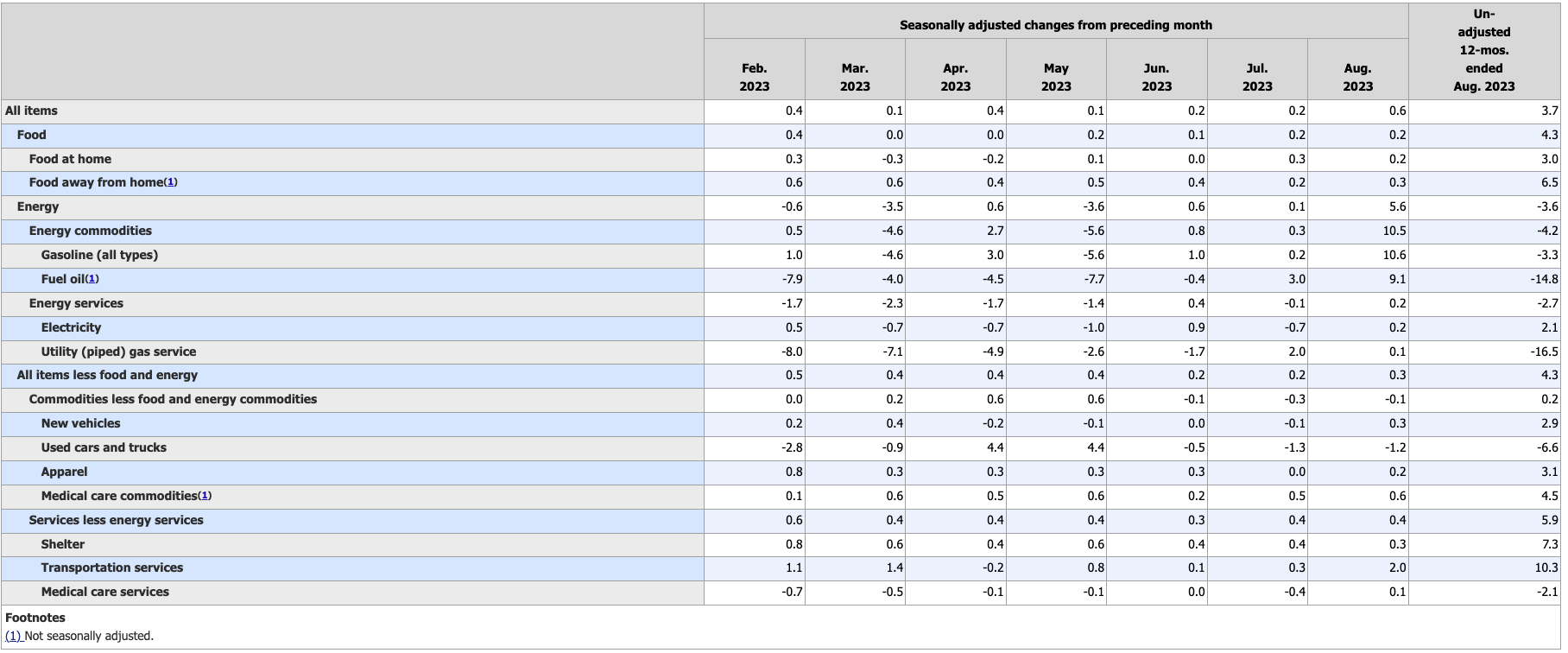
As is typical, your paycheck isn’t keeping up with rising prices. Real average hourly earnings declined 0.5% for the month.
The big jump in headline CPI may surprise a lot of people who were told for two months that the Fed is winning the inflation fight. But it wasn’t a surprise to Peter Schiff. This is exactly what he said would happen.
As I’ve been warning #inflation as measured by the #CPI has bottomed and is now heading higher. Consumer prices rose .6% in Aug, 3.7% YoY, up from a low of 3% in June. Core prices rose .3% on the month, and 4.3% YoY. Consumer price gains will me much greater in 2024 than in 2023.
— Peter Schiff (@PeterSchiff) September 13, 2023
In his podcast last week, Schiff warned that this doesn’t look like an economy in the midst of disinflation.
We didn’t even get to 2%. We came down to 3%, and then we turned around, and we’re heading back up. It’s like a plane. It tried to land, and then it missed the landing, and it had to pull up. And now the pilot’s going right back up. That’s where we’re going with the CPI. The markets are not expecting this.”
A Bloomberg headline said the hotter-than-expected CPI will keep another Fed rate hike in play this year. It remains to be seen whether or not this will dampen the enthusiasm of those have have remained wildly optimistic that the Fed is close to winning the inflation fight and that the central bank will be able to cut interest rates soon. Schiff said rate cuts are the mainstream’s only hope.
Everybody is waiting for the Fed to cut rates because there is no way the economy can survive if the Fed doesn’t cut rates. I think a lot of people may understand that. They just assume that it’s not going to be an issue, because of course, the Fed is going to cut rates.”
You can see the problem here.
The Fed may well raise rates once more this year, but it still won’t be enough to slay price inflation. In an interview on Fox Digital, Schiff explained that the central bank is backed into a corner. He said the “proper response” would be for the Fed to continue to raise rates while the federal government cuts spending. Of course, the Biden administration isn’t going to cut spending. And while you might see another quarter-point rate hike, it’s not going to be enough.
We actually need much higher interest rates. The problem is we can’t afford them. So any interest rate high enough to fight inflation is too high for the markets. And in fact, not only does the Fed create a recession. But it creates a financial crisis, and that financial crisis will be considerably worse than the one we had in 2008.”
Call 1-888-GOLD-160 and speak with a Precious Metals Specialist today!
Buka akaun dagangan patuh syariah anda di Weltrade.
Source link

